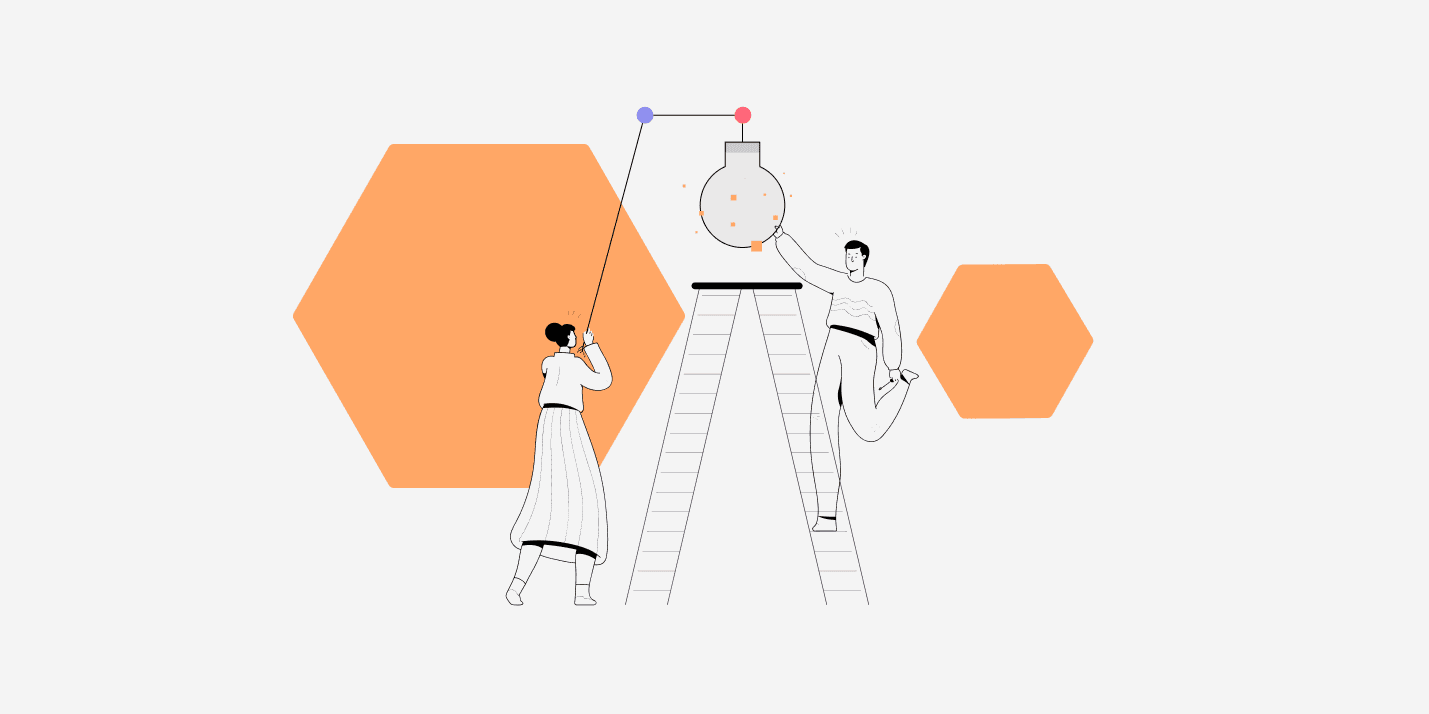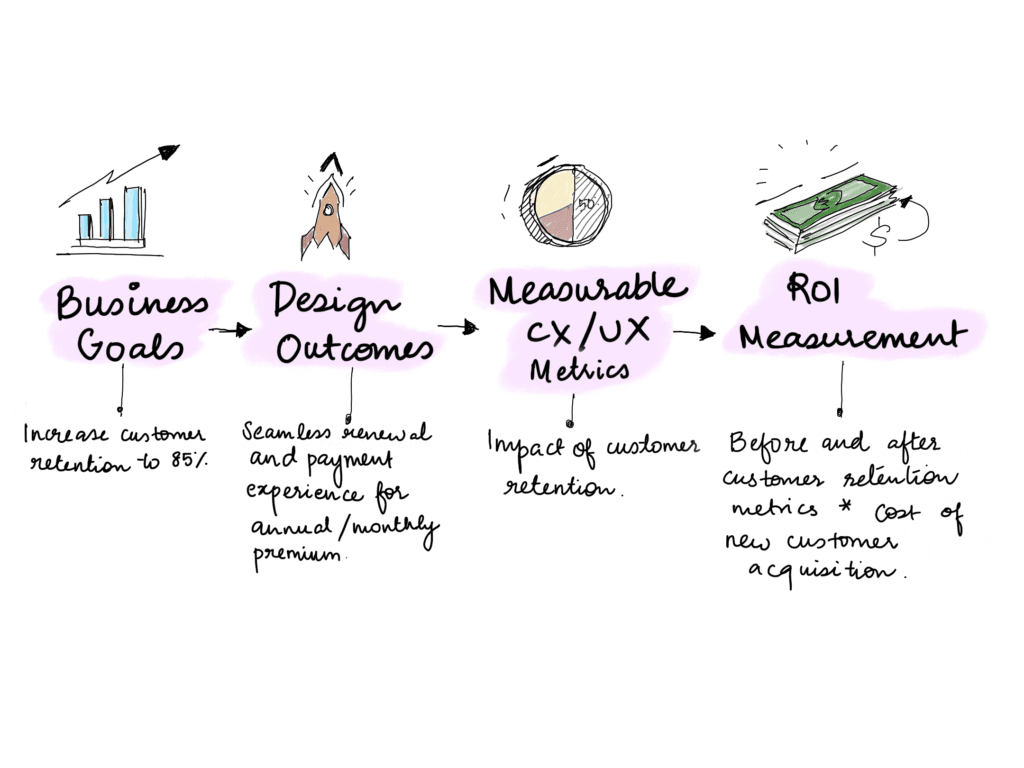How Do You Measure ROI in Design

Design is essential for any business that wants to create a lasting impression on its customers. But how do you measure the return on investment (ROI) of your design decisions? In this article, we’ll explore some key metrics that can help you determine whether your design choices are paying off.
The business value of UX design
As a UX designer, you are always looking for ways to improve the user experience and increase ROI. But how do you measure ROI in design?
There are a few different ways to measure the ROI of your design work. One way is to track the number of conversions or sales that can be attributed to your design work. Another way is to look at the satisfaction levels of your users.
You can also look at how much time and money your company saves by using your designs. For example, if your design helps users find what they need faster, that can save the company money in customer support costs.
Ultimately, the best way to measure ROI in design is to track a combination of these metrics. By doing so, you can get a clear picture of how your designs are impacting the bottom line.
Four steps to calculate design ROI:

1. Define the business goals.
2. Define the design project’s outcomes.
3. Measurable CX/ UX metrics.
4. Calculate the ROI using a formula or ROI model.
Design can have a major impact on a company’s bottom line, but how do you know if your design investment is paying off? The answer lies in calculating your design’s return on investment (ROI).
Calculating ROI may seem daunting, but it’s actually fairly straightforward if you follow these four steps:
Step 1: Define the Business Goals
Before starting any design project, it is important to first define the business goals. Without a clear understanding of what you want to achieve, it will be difficult to measure the ROI of your design.
Some common business goals that can be achieved with design include increasing brand awareness, driving sales, and improving customer satisfaction.
Once you have defined the business goals, you can start thinking about how to measure the ROI of your design. There are a few different ways to do this, but some of the most common include surveys, customer feedback, and analytics.
You should be able to find the information you need to make informed decisions about your project.
Step 2: Define the design project’s objectives and outcomes.
Design Outcomes are the user behaviors that drive business results. When teams are working with well-defined outcomes, tracking progress becomes simpler — they can review their progress toward the outcomes they’re seeking and look at a concrete measure: are users’ behaviors changing?
If your goal is to increase sales, then you can track how many leads were generated from the design and compare that to previous periods. Another way to measure ROI is to track web traffic. If your goal is to increase brand awareness, then you can track how much web traffic was driven by the design.
No matter how you choose to measure ROI, it is important to set up a system for tracking before starting the design project. This will help you to accurately measure the results of the project and make sure that it is successful.
Step 3: Measurable CX/UX metrics
CX/UX metrics are quantitative data points set to measure, compare, and track the user experience of a product or service.
KPIs (Key Performance Indicators) reflect your business’s overall goals, such as revenue growth, retention, or increased user numbers. Metrics are all the measurements that go towards quantifying these higher goals.
But what metrics are most valuable? What should you be measuring? Few examples of different metrics to calculate a goal or an outcome –
Step 4: RoI Measurement
There are a few different ways that you can measure the ROI of design. One way is to calculate the ROI using a formula or ROI model. This will give you a quantitative measure of the ROI.
Another way to measure the ROI of design is to look at qualitative factors. This could include things like customer satisfaction, employee satisfaction, or brand recognition. These factors can be harder to quantify, but they can still give you an idea of how design is impacting your business.
You can also look at how design is impacting specific business goals. For example, if you want to increase sales, you can look at how design is impacting sales numbers. If you want to reduce customer churn, you can look at how design is impacting customer retention rates.
There are a variety of ways that you can measure the ROI of design. The best way to do it will depend on your specific goals and objectives. However, any of these methods can give you valuable insights into how design is impacting your business.
ROI = After customer retention metric — Before customer retention metric x cost of new customer acquisition
It’s important to remember: ROI calculations are strategic exercises to help you conceptualize the relative value of design projects. They are not financial projections. As a result, they don’t have to be perfect. They can be estimates — as detailed as you want them to be. The critical thing is to be transparent in your reporting. Make sure your audience understands where your numbers came from. That’ll be useful in setting expectations but also in backing up your calculation’s credibility.
There are lots of popular metrics that would work well for ROI. Many of these will come from one of four sources:
- Surveys or questionnaires distributed during testing (NPS)
- Analytics
- Quantitative usability testing
- Customer satisfaction (CSAT)
To measure your impact, you’ll need to collect your UX metric through a benchmarking study — before and after your design change. With these simple yet significant steps, you’ll be able to calculate the ROI of design activities.
Conclusion
There is no one-size-fits-all answer to this question, as the best way to measure ROI in design will vary depending on the specific project and goals. However, some common methods of measuring ROI in design include looking at things like customer satisfaction levels, conversion rates, and engagement metrics. By taking a holistic approach and looking at multiple factors, you can get a better sense of whether or not your design projects are providing a positive return on investment. Cubyts, as a DesignOps Platform, will bring all these metrics reports under one roof and will enable all the stakeholders to have a clearer picture of how Design impacts their business.
